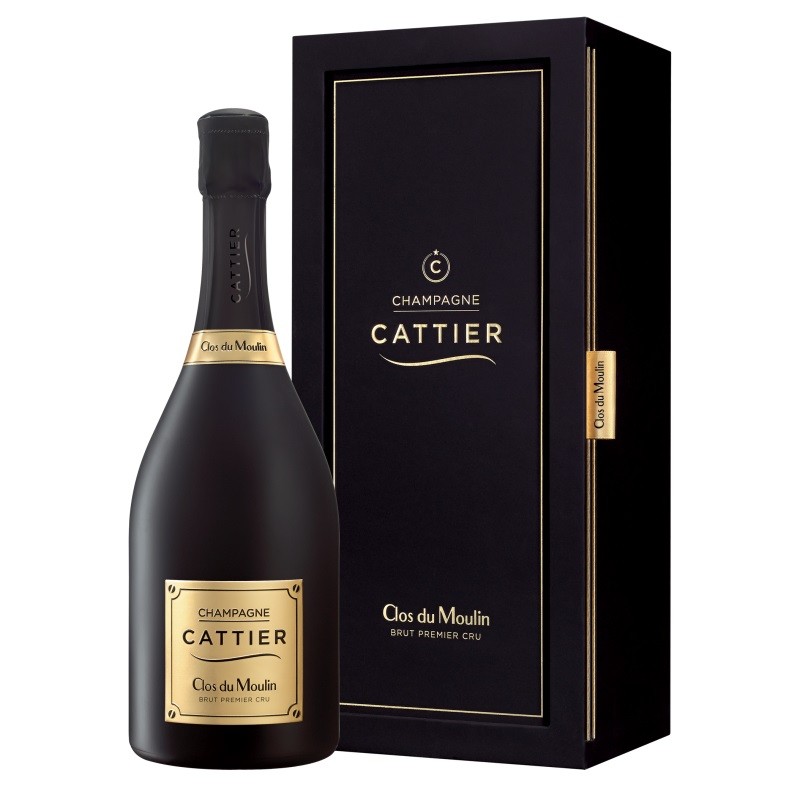- 75CL

 0
0


A 2.2-hectare plot, Clos du Moulin is one of two historic clos in the Champagne region. Perfectly exposed, this parcel is located near Chigny-les-Roses, in the heart of the Montagne de Reims. The expertise of Maison Cattier has revealed this cuvée, a blend of 3 vintages chosen for their quality and ageing potential. Clos du Moulin is the expression of a unique terroir, offering an elegant, complex signature. Each bottle is numbered.
93 / 100
94 / 100
The Domaine Cattier is a family-owned Champagne house founded in 1625, located in Chigny-les-Roses, in the heart of the Montagne de Reims. With expertise passed down through generations, the Cattier family cultivates its vineyard using a sustainable and environmentally respectful approach.
Their commitment to excellence is reflected in refined cuvées that blend tradition and innovation.
The house is also the creator of the prestigious Armand de Brignac Champagne, globally recognized for its outstanding quality and exclusivity.
Egly-Ouriet Blanc de Noirs Vieilles Vignes is a Cuvée from a Pinot Noir vine, lieu-dit “Les Crayères”, planted in 1946 and 1947 on an exceptional terroir in the Ambonnay vineyard classified as a Grand Cru.
La Grande Dame Rosé 2015 is an exceptional Cuvée full of power, finesse and elegance. A unique blend of 90% Pinot Noir (including 13% from Clos Colin in Bouzy) and 10% Chardonnay which perfectly represents the Veuve Clicquot style.
A worthy successor to the Brut Premier, Collection 245 was born from the desire to push the quality of multi-vintage blends with transparency. The Collection 245 cuvée therefore represents the 245nd blend of Maison Louis Roederer since its creation.
Cristal Vinothèque 2002 celebrates the remarkable journey of a few bottles which were stored for 20 years in the cellars of Louis Roederer, in search of the perfect balance. The blend was aged for 11 years on "lattes", followed by 5 years on "pointes", and rested for 4 years after disgorging.
Bollinger Special Cuvée is a Champagne mostly blended with reserve wines, part of which has been kept in magnums for 5 to 15 years. The maturation time is therefore much higher than the appellation standards.